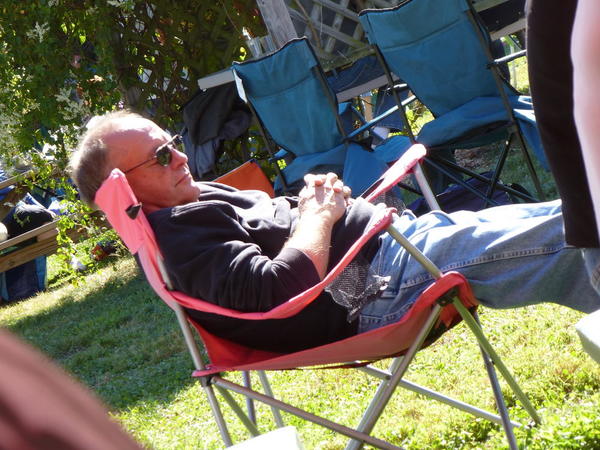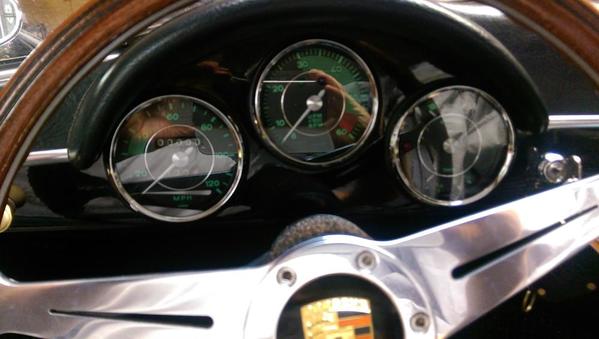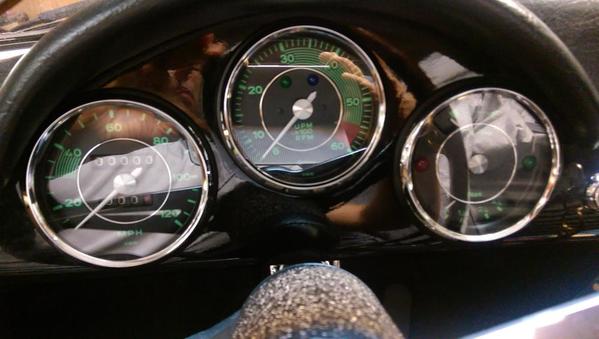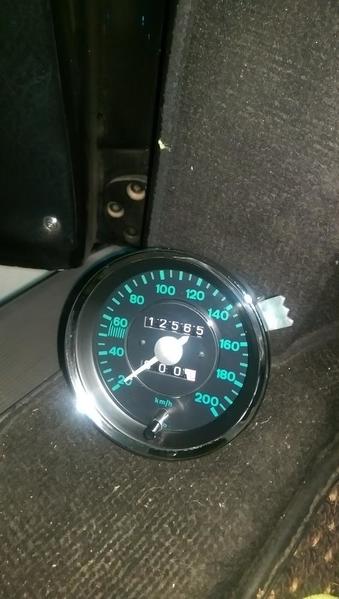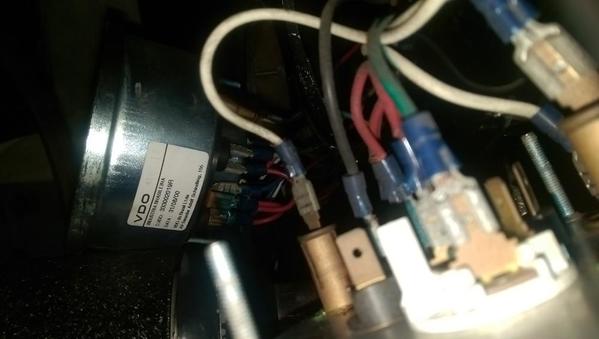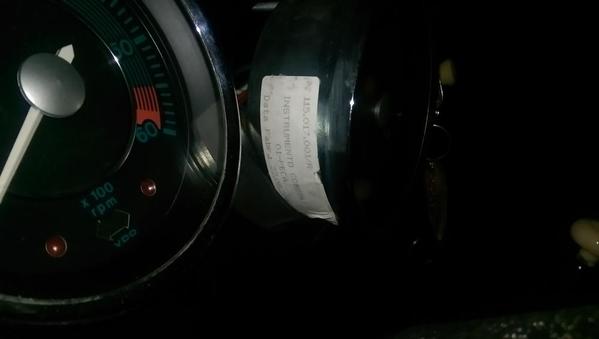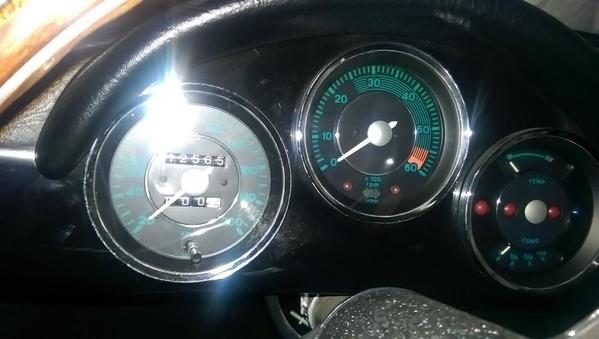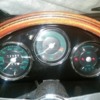Which gives you the highest cruising speed? The .89 or .82? I drive the car on the highway about ad much as I do in the twiaties.
With as much nonsense I've already doled out on this thing, the 5 large isn't bothering me. If I'm going to do it, I just want to do it right the first time. I'm inclined to go with what is recommended by youze experts.
With any given R/P, the lower the numerical value of 4th gear, the higher the vehicle speed relative to engine RPM. That sounds great-- who wouldn't want to go faster with less RPMs? At 3000 RPM the .82 will propel you down the road faster than a .89.
However, there's a limit here. You can buy a .77 4th gear as well, but you really don't want to if you've got a 3.88 R/P.
Think of it like this: I would imagine you've ridden a multi-speed mountain or road bike. I'm going to assume that you understand the idea behind 18-27 gears-- but to put it as simply as possible, your legs produce a specific amount of power and they do it best at a specific cadence. Keeping your legs moving at this cadence keeps you producing optimal power. The many, many gears available are to allow you to fine tune exactly how fast you can go, assuming you can keep up the cadence. If your legs start to slow down, you need an easier gear, if they speed up, you need a harder one.
It's like that with the car as well. The engine runs between 700 (or so) RPM and 6000 (or so) RPM, but it only produces good power within a certain band. The meat of the powerband is actually higher up in the register than any of us would like to spin our engines for hours at a time (much like your optimal bicycling cadence is spinning faster than most people feel comfortable with), so the goal is to spin just fast enough to stay in the powerband, but slow enough to make it non-stressed. That optimal point is generally 3000- 3750 or so RPM.
Racing bicycles have really, really long top gears. If you weigh 140 lbs and have thighs the size of tree trunks, it is theoretically possible to spin that gear and go 40 mph. The reality is that I have significantly less power available than Chris Froome, so I'm unlikely to be able to push that gear optimally. I might be able to push it on a downhill with a tailwind, but if the road climbs even a little (or maybe even just flattens out) or if there's a trace headwind (or maybe just no tailwind), I'm not strong enough to push it. My cadence slows, and the bike slows. I need to shift to a gear that increases my cadence and matches the bike's speed to my power output.
Your engine is like that. If you fall out of the powerband because you have too long of a final-drive (too low numerically), you're going to slow down-- even with the accelerator floor-matted. Your only workable choice is to downshift. If 3rd gear is a long reach, you'll be screaming in 3rd and bogging in 4th.
Everybody wants that nice highway gear, but our engines generally only have 150 hp or less. I've got a couple hundred on tap, but that makes me about 1/2 as powerful as a V6 Mustang. Additionally, the heads on a Type 1 pretty much ensure that nothing much is going to happen below 3000 RPM or so. In my experience, a 2110 with a .82/3.88 feels pretty soggy below 3000 RPM, and a .77/3.88 would be way worse. You need to have a shorter gear for less motor, or more motor for a longer gear. It's super-hard to get enough motor to push a .82/3.88 in a Type 1 of any displacement.
This is because we either need more torque "under the curve". or more gears, or both. The .82 is fine... until it isn't, and then it's a loooong reach down to 3rd, and you're singing along at 3800 RPM or so. A $5000 transaxle is not cheap, but I've spent several times that trying to approach the problem from the other direction.
Back to that highway gear-- it's cool to have, but not if the gear below it is a mile away. Terry gets away with his because his 2110 is a pretty torquey mill, and he's OK spending a lot of time in 3rd or 4th. With a more highway oriented transaxle, you'll want the 3-4 (or 4-5) spread to be tighter, so you can find that "just so" gear. It's that, or just live with a highway gear that's singing along in a higher register than makes you comfortable.
I once phoned Art Thraen from I80 just inside Nevada. My over-everythinged "monster motor" was throwing oil any time I spent a prolonged amount of time above 3700 RPM. Art's advice? "Slow down". I did. I stopped throwing oil like the Exxon Valdez. When I got home I re-geared for the last time.
The difficulty is not in using the calculator and figuring it out. The difficulty is knowing what gears are available to pug into the calculators. Rancho used to have a PDF of a paper catalog with the gears in it on their website. No more. You really need to know what is possible before you start plugging numbers in.



